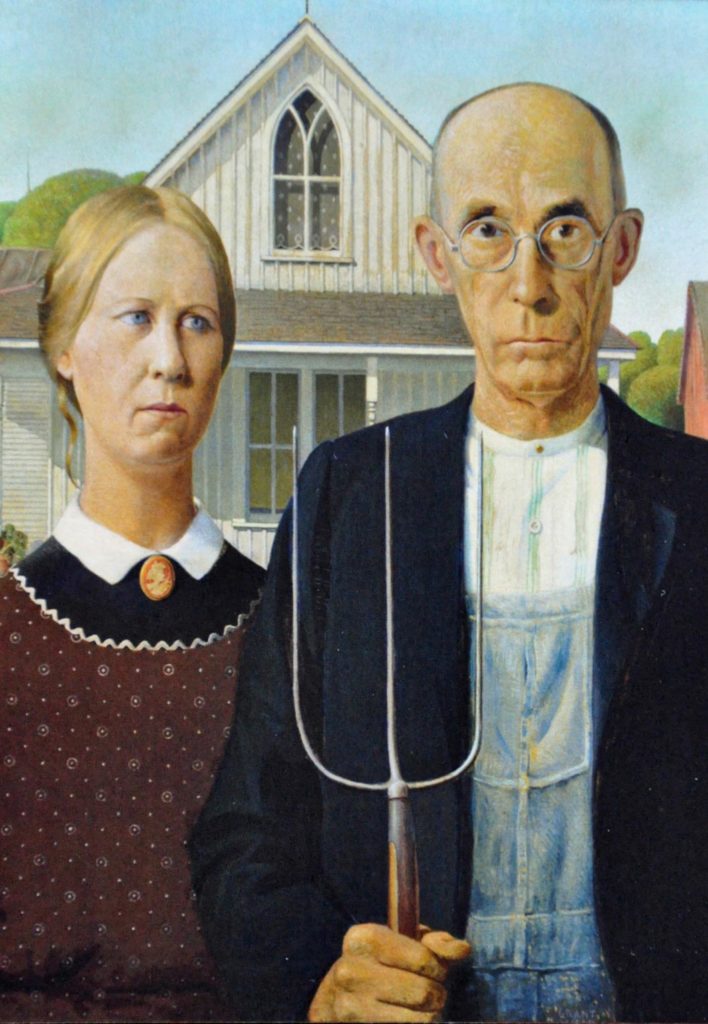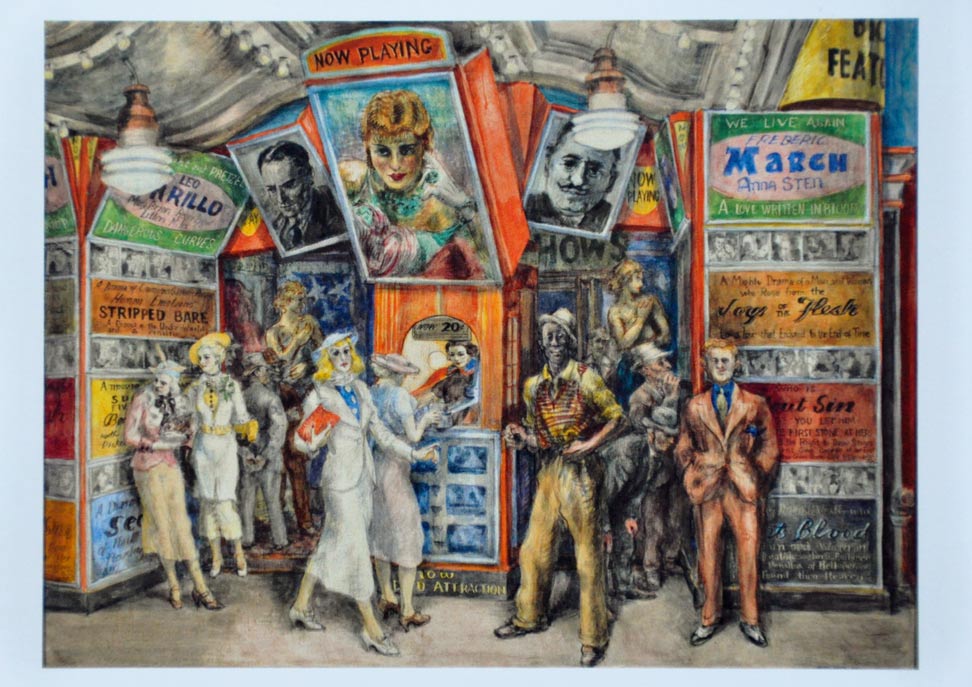Brexit is going to be difficult for any number of reasons.
Challenge #1: Complexity
“Civil servants are responsible for an increasingly complex range of tasks and projects.”
The National Audit Office’s first key finding highlights the difficulties faced in any modern state of delivering effective, value-for-money public services with finite resources and in an environment of technological change and increasing public expectations. The complexity of introducing comprehensive reform of the welfare system through the Universal Credit policy, and the ongoing discussions about the provision and funding of adequate social care to an ageing population are two salient illustrations of this challenge.
The government also currently has a roster of 143 highly complex, major transformative projects underway across Whitehall with estimated whole-life costs of £405bn. Each involves a range of ministries and agencies and if they are to be brought to a successful conclusion, each requires clarity of objectives, careful planning and effective whole-life project management. Each must also be delivered alongside the rest of the government’s workload.
The delivery of major projects – and specifically the management of complexity – has been an area of weakness on a number of occasions for the civil service in the past, resulting in some very significant cost over-runs (for example, Labour’s National Programme for IT). Both the NAO and the House of Commons Public Accounts Committee identify the complexity challenge as an area of particular concern.
Brexit will require the UK to untangle itself from incredibly dense and complicated legal agreements built up over 40 years. The UK government’s starting position seems to be to adopt a broad brush approach, sort out the basic idea and fill in the detail (based on trust) some time later. The EU seem to want to tie down the detail on each decision point before moving forwards to the next. Not much trust there.
Challenge #2: Capacity
“Weakness in capability undermines government’s ability to achieve its objectives […] many delivery problems can be traced to weaknesses in capability.”
Exacerbating the first challenge is that of capacity. The civil service has seen a 26% reduction in its numbers since 2006 – a reminder that while the austerity policies pursued since 2010 have had a very significant impact on capacity, the issue of resource constraints has been a longer-term problem. (Consider, for example, the major staff reductions undertaken by the Foreign and Commonwealth Office over the last decade.) As Brexit formally begins, the civil service is smaller than at any point since the end of the Second World War.
Numbers only tell part of the story, however. Accompanying this is an emerging skills deficit in three key areas – digital, commercial and delivery – that will affect the overall capacity of the civil service to meet the expectations placed upon it. The NAO believes, for example, that this capabilities gap contributed to the collapse of the InterCity West Coast franchising process in 2012, a view supported by a 2013 Transport Committee report.
Just to enable the delivery of existing programmes, the NAO suggests an additional 2,000 staff will be needed in digital roles over the next five years, at an estimated cost of between £145 million and £244 million. (The Government’s own Digital Service and Infrastructure and Projects Authority indicate the cost of filling the delivery skills deficit may actually be even greater.)
Challenge #3: Feasibility
“Government projects too often go ahead without government knowing whether departments have the skills to deliver them.”
This third challenge identified very much emanates from the problems caused by the first two. The government, according to the Public Accounts Committee’s 2016 report, continually “adds to its list of activities without effective prioritisation”. When we consider some of the major projects currently underway – Crossrail/ Thameslink, Hinkley Point C, High Speed 2, and Trident Renewal – criticism by John Marzoni, Chief Executive of the Civil Service, that government is doing “30% too much to do it all well” does not seem misplaced.
A key issue has been a lack of consideration at the outsetof major projects of their overall feasibility. In particular, insufficient attention is paid to whether the requisite skills are available within departments, whether the right people are in the right posts, whether there is sufficient senior project leadership, etc. (The NAO notes that in the 2015-16 period, 22% of posts were “unfilled for senior recruitment competitions”.) Ultimately, government lacks “a clear picture of its current skills” because of insufficient workforce planning.
Moreover, efforts to remedy this problem – for example through the introduction of Single Departmental Plans – have been questioned. The NAO has therefore called on government to clearly prioritise projects and activities as a matter of urgency until it is able to fill the capability gaps outlined above.
Challenge #4: Trust
While not addressed by the NAO report, the issue of trust in the civil service is also hugely important.
Problems of complexity, capacity and feasibility all risk fuelling feelings of scepticism that the civil service is equipped to meet the expectations placed on it. For example, Margaret Hodge, Chair of the Public Accounts Committee from 2010-2015, highlighted concerns that officials did not recognise the consequences of poor decisions: “all too often the responsible officials […] felt no sense of personal responsibility because it was not their own money.” Major IT projects were the subject of particular scepticism: “[If] any official mentioned a new IT project in their evidence to the committee, we would laugh at the idea that this might be introduced on time, within budget and save money.”
Alongside this, though, is the problem of what might be termed political trust, and particularly the perception among politicians that the civil service is unwilling to enact policies it may disagree with, something most new governments (rightly or wrongly) have been concerned with. Perhaps the most extreme recent example of this was Michael Gove’s efforts as Education Secretary in the Coalition government to implement his reforms in the face of what he and some of his own officials considered institutionalised opposition from the education establishment.
Lack of trust in the civil service’s capacity, whilst damaging, can be remedied by a government willing to prioritise change and back this up with sufficient resources. Lack of political trust, however, can be more corrosive, particularly if it results in toxic relationships between ministers and the officials responsible for enacting their policies.
The Brexit challenge:
Brexit will take up a huge amount of political and administrative bandwidth in the coming months and years. In the words of Sir Jeremy Heywood, the current Cabinet Secretary, it will be “the biggest, most complex challenge facing the civil service in our peacetime history.” It is also a microcosm of how the four key challenges of complexity, capacity, feasibility and trust have the potential, if poorly managed, to create a ‘perfect storm’ for the officials responsible for delivering it.
At the moment, the Tory Party is riding high with a weak opposition party and a free hand, but what happens if the whole thing goes tits up, no snow but four or five years down the line?
If brexit does turn out to be a disaster, it will be a Tory disaster as damaging as the Iraq War has proved for Tony Blair’s legacy. So Ms May had better get it right, better make it work.
























